

Global Student Research Internship
Benefits
•While participating in scientific research projects, you are making public welfare contributions too.
•Cultivate scientific thinking and strengthen scientific literacy.
•Enjoy the research and academic atmosphere of a world-class university.
•Enhance the ability of individuals to analyze and solve problems.
•Inspire curiosity, improve work regulations and carefulness.
•Get your own research reports and upgrade your academic background.
•Outstanding students will receive a recommendation letter from the professors.
Progresses
•Find your research objectives
•Self-motivated research
•Analyze the research issues and set your scientific hypotheses
•Develop a research plan
•Conduct your research and experiment
•Analyze your experimental results
•Write Research Report
•Present your work
Project:Harmful Algal Bloom Research
•Harmful algal blooms, or HABs, occur when colonies of algae grow out of control and produce toxic or harmful effects on people, fish, shellfish, marine mammals and birds. The human illnesses caused by HABs, though rare, can be debilitating or even fatal. With climate change and increasing nutrient pollution potentially causing HABs to occur more often and in locations not previously affected.
•Conducting your indoor experiments, understand the relationship between harmful algae and other environmental problems(eutrophication, e.g.) , and propose your solutions.

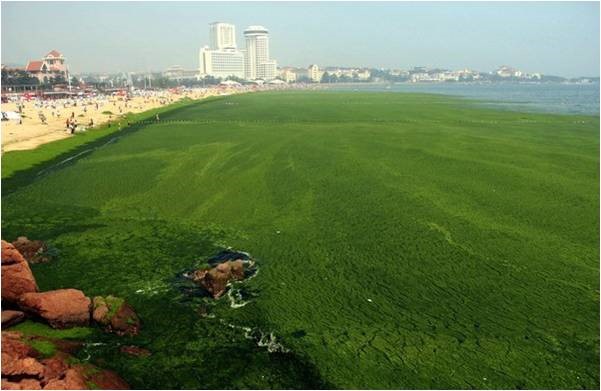

Project:Phytoplankton under climate change
•Phytoplankton photosynthesis is the fundamental activities of marine life, and is the largest oxygen producer and carbon fixer on the earth, maintaining the biochemical balance of the whole ecosystem. The series of environmental problems brought about by climate change will lead to changes in marine phytoplankton communities, which is of great significance to the future of the ocean and mankind.
•Conduct indoor experiments, and understand the physiological and ecological s of phytoplankton. Learn the essential research skills, and make your own predictions to answer the future of global marine ecosystems under climate change.
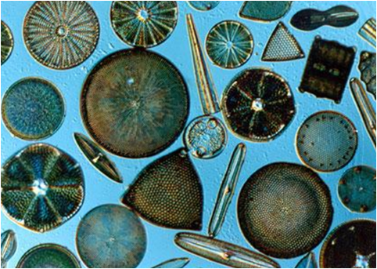
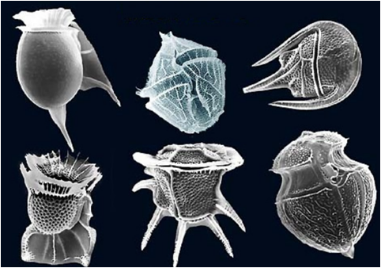
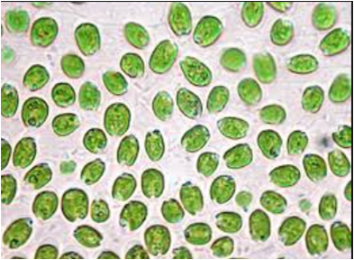
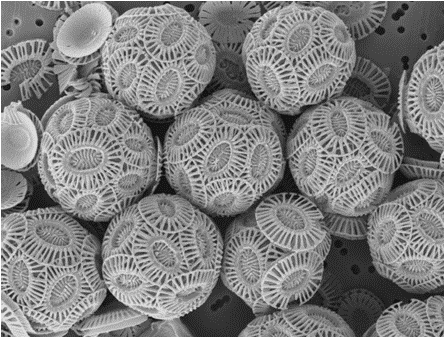
Project:Algae based ecological engineering
•Advancing the design and implementation of ecologically-engineered, algal-based technologies for water quality management and economic development. Algae assemblages can uptake pollutants, such as excessive nutrient concentrations, into their biomass during growth. These pollutants are removed from the water by harvesting of the algae. Dissolved oxygen also is produced through photosynthesis by the algae, which adds to their role in water quality management.
•Conduct indoor and outdoor experiments. Practice algae cultivation and harvest, and evaluate of their environmental benefits.

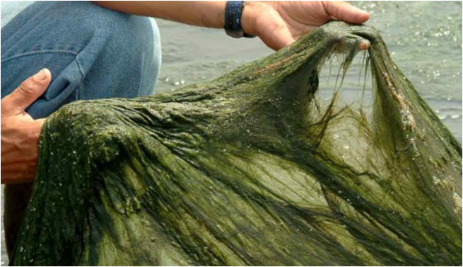
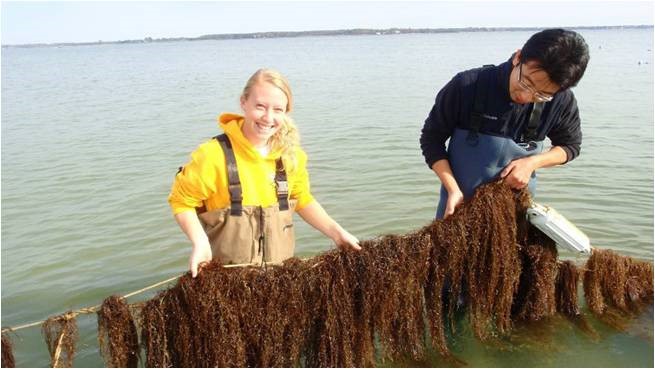
Project:Algae for soil remediation
•The extensive industrial development has polluted huge area of land. How to dispose of these pollutants economically and effectively, restore the fuciton of these soils, and ensure the healthy reuse of these lands is a major challenge for urban development. Algae may preferentially take up certain pollutants. Fast growing algae might be aplite on soil remediation of these pollutants and restore the soil.
•Test different algae, and select the right species according to the problems of the soil to be restored。 The remediation efficiency will also be evaluated.


Project:Carbon capture and circular economy of microalgae
•Algae fixes carbon dioxide through photosynthesis. Microalgae carbon fixation technology can convert carbon dioxide into environmental friendly chemical products and biological products, which can not only reduce carbon dioxide emissions, but also generate additional economic value and environmental value.
•Design and operate your own biological incubators to achieve the maximum efficiency of microalgae carbon capture, and make your own contributions to reverse the climate change.

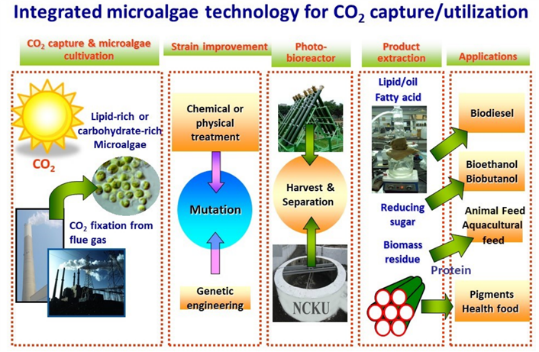
Project: Algae for a healthy life
•Algae can be an excellent source of high-quality protein, fiber, and polysaccharides. It could be both delicious and nutritious. Algae's unique nutrition have some specific bio-active functions, such as lowering the blood lipids and improving immunity. And can be anti-radiation, anti-tumor, anti-infection, anti-coagulation and anti-aging etc. etc. Many cool functions. The nature of algae cellulose, algae protein, and algae gel make its products have natural stability and good taste.
According to the nutritional characteristics of different algae, develop a nutritious convenience food or meal replacement with good taste, and quantify its nutritional content and healthy function.

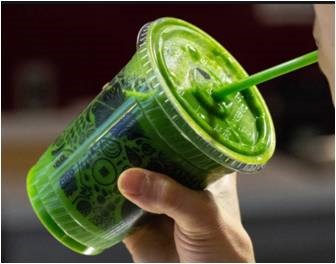
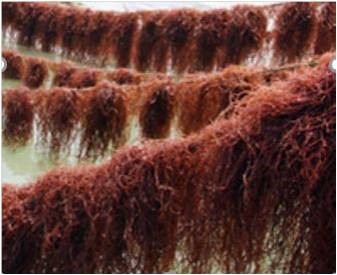

Project:Dooms-day food challenges
•Assuming the dooms-day come, the land is wasted and cannot produce any food, and humans have to live on the seaweeds in the ocean. On the one hand, it can be eaten directly. On the other hand, seaweed can be simply processed and used as a substrate for cultivating earthworms and other organisms, thereby providing humans with protein nutrition's.
•Indoor experiments will be conducted to optimize the pretreatment of seaweed and the culture conditions of earthworms to maximize the nutrition productions. Can you survive on this?

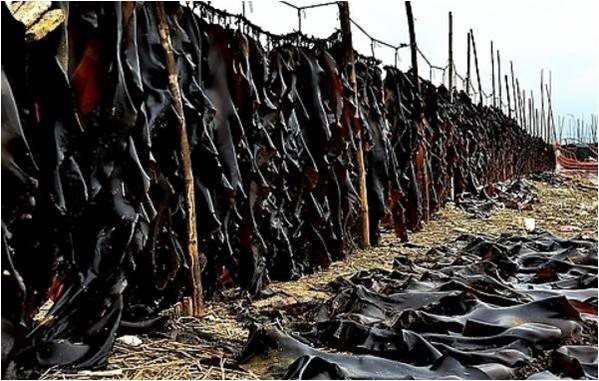

Project: Exploring the Southern Ocean Ecosystem Productivity
•The oceans around Antarctica (the Southern Ocean) is the largest carbon burial area on the earth, and this process is driven through the activities of phytoplankton in the Southern Ocean. Through the in-depth understanding of the observation system of the Southern Ocean, you can estimate the productivity of the Southern Ocean in the changing climate yourself.
•This project will improve your data analysis and data mining skills. Students with some coding skills (Python, e.g.) are preferred.

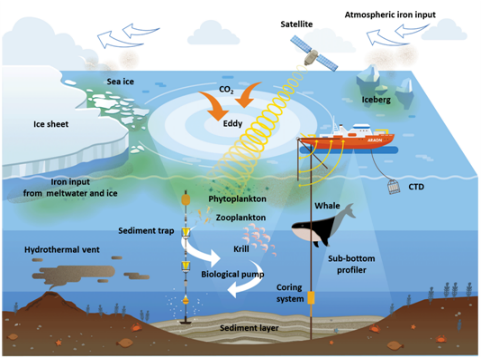
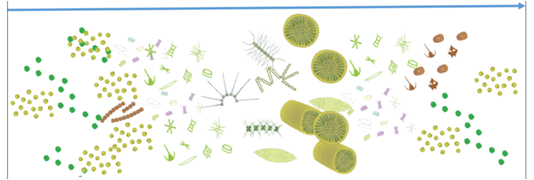
contact:
Ji LI , Associate Professor, School of Oceanography, Shanghai Jiao Tong University
E-mail:LIJI81@SJTU.EDU.CN
Address:Room 125, School of Oceanography, Shanghai Jiao Tong University





